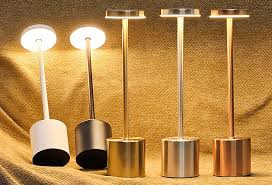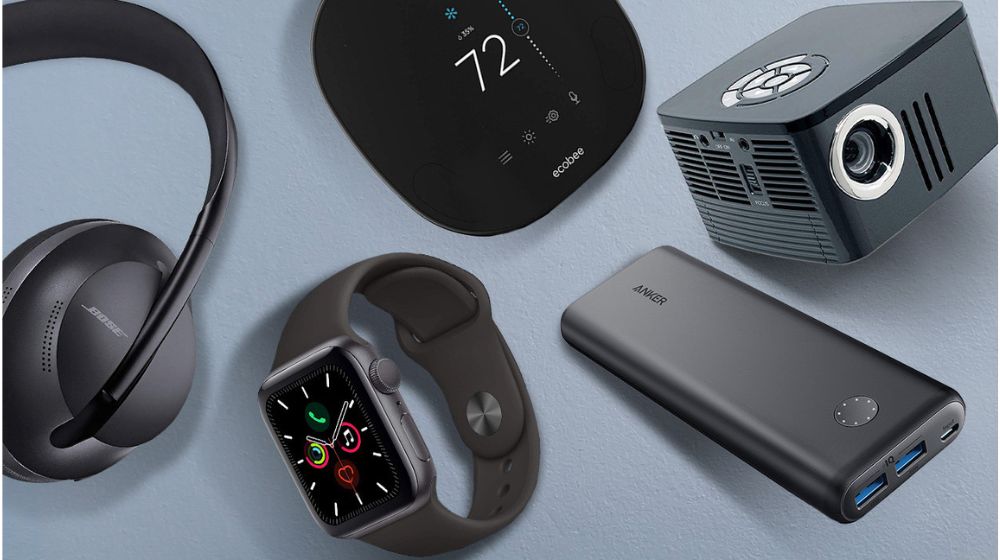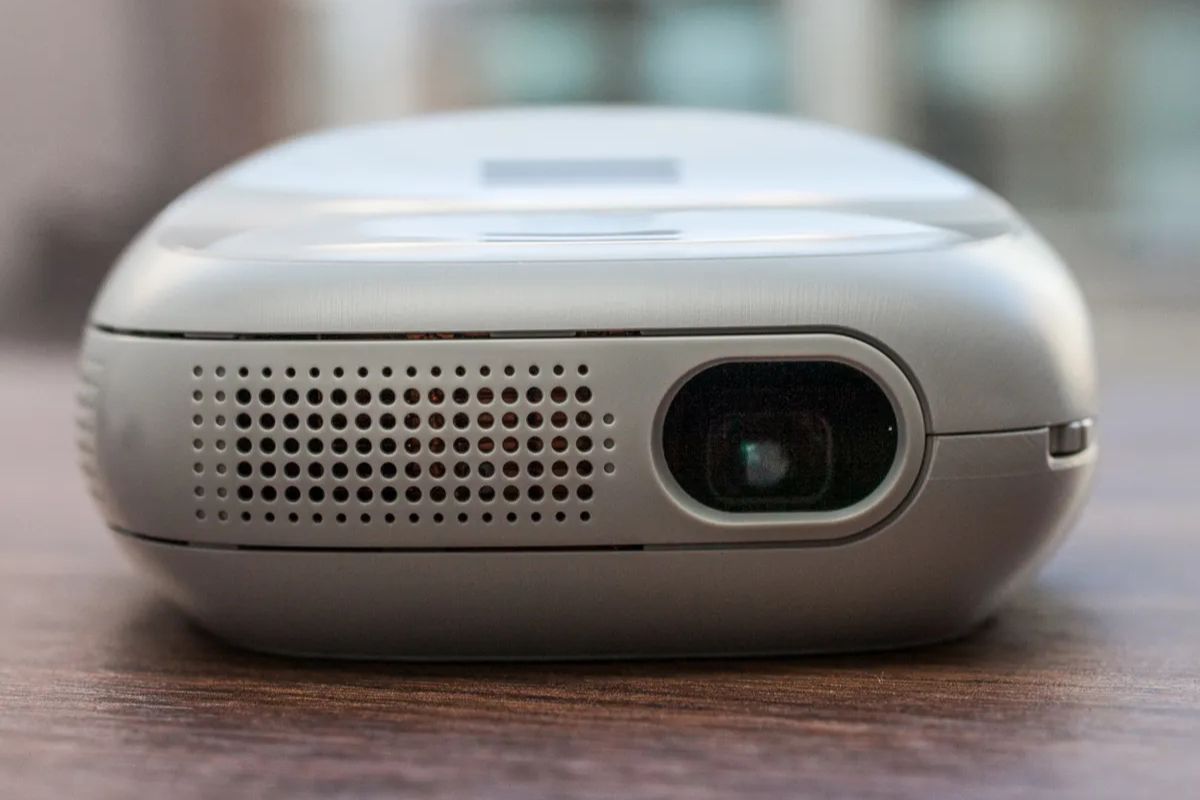If you are in the market for a new cell phone, television, or wearable tech, you have likely seen OLED, AMOLED, or Super AMOLED in the product’s technical specifications. These display technologies are ruling the market with their ability to show clear visuals and vivid colors while being energy efficient. But what are the actual differences between AMOLED and OLED displays? And in what ways can this distinction affect your experience as a user?
This article will address the differences between AMOLED and OLED displays. Firstly, what are they? What are their functions, and which one is optimal for your new tech purchase?
What Are OLED Displays?
OLED, or Organic Light-Emitting Diode, is a display technology in which the organic materials emit light when an electric current passes through them. Unlike an LCD (liquid crystal display) screen, OLED panels are not dependent on a backlight because each pixel can glow independently. This layout makes the OLED panels thinner and lighter and lets the screens bend.
Key Features of OLED
True Blacks: The Pixels can be turned off completely, which gives the pure black levels and the infinite contrast ratio.
Wide Color Gamut: OLED provides an extensive set of colors, typically including the DCI-P3 standard of movie theatres.
Fast Response Times: OLED has instantaneous response times, which are most suitable for viewing high-energy video content and gaming.
Lightweight and Thin Design: The OLED panels are designed to be lighter and thinner, making them easier to carry or integrate into products without the burden of backlighting.
Pros of OLED Displays
- Exceptional picture quality with vivacious colors.
- Compared to LCDs, it has a significantly wider viewing angle.
- Display screens that are both lightweight and flexible.
- When displaying dark content, less power is consumed.
Cons of OLED Displays
- Screen Burn-In: The screen suffers from temporary image retention due to the prolonged display of static images.
- Shorter Lifespan: Organic materials have the disadvantage of degrading faster than inorganic ones.
- Water Sensitivity: The exposure of an OLED panel to moisture can lead to irreversible damage.
Standard Devices Using OLED Displays
- LCD TVs from LG
- Alpha Series digital cameras from Sony
- Other popular devices, such as the OLED TV from Sony and the OLED TV from LG
What Are AMOLED Displays?
AMOLED is short for Active-Matrix Organic Light-Emitting Diodes, essentially advanced OLEDs. It has a backplane (usually made of Thin Film Transistors (TFTs)) containing an active array of pixels that can be selectively addressed so each pixel can be switched individually. The process is efficient and fast by controlling the amount of light used on the pixels.
Super AMOLED, a term copyrighted by Samsung, still echoes the same concept. Still, now, this technology means that the producer has embedded layers that are responsive to the touch in the display in the display itself, thus creating the thinner, more responsive screens that we all know today.
Key Features of AMOLED
Active Matrix Control: The condition where the movement of each pixel is managed individually.
Higher Refresh Rates: Smoother animations and fast motion rendering.
Vivid Colors: AMOLED displays offer brighter and more vivid colors than standard OLED screens.
Improved Burn-In Mitigation: Technologies are implemented to minimize the risk of image retention, mainly due to the long-term static elements on the screen.-
Pros of AMOLED Displays
- Higher refresh rates lead to more fluid motion in visual content and better display performance in general.
- Dimmer shades feature higher saturation. Thus, more lively colors are visible on the screen.
- Even the dimmest parts of the screen are visible because of its Super AMOLED feature.
- AMOLED has a lower power requirement, even more so for interfaces with dark themes.
Cons of AMOLED Displays
- AMOLED displays require a more costly manufacturing process than OLED displays.
- The shorter amount of hours the display stays active is attributed to the consistent energy flow across the pixels, which results in the shorter lifespan of AMOLED compared to OLED.
- In contrast to OLED, AMOLED is less prone to burn-in, but it is not entirely safe therefrom.
Common Devices Using AMOLED Displays
- Samsung Galaxy smartphones (e.g. Galaxy S and Note series)
- Google Pixel phones
- OnePlus devices (e.g. OnePlus 11)
- Smartwatches like the Samsung Galaxy Watch
AMOLED vs OLED Practical Implications
Viewing Experience
AMOLED screens, with their slender, better, brighter design and a broader range of colors, are more suitable than OLED screens for smartphones and outdoor wearables. On the other hand, OLED displays win the prize in the world of contrasts. For this reason, it should be the best choice for TV and theatrical applications, where color accuracy and the deepest black level are the most critical factors.
Power Consumption
Irrespective of whether you are an OLED or an AMOLED user, you will be charged economically if you continuously work with dark themes on your devices or watch content that is dark frequently. However, AMOLED is better than OLED since it can adjust pixels and has a perfect pixel state, which is why mobile devices have a longer battery life.
Longevity
It is true that the two – AMOLED & OLED – are suffering from burn-in issues. However, AMOLED’s TFT (Thin-Film Transistor) and its pixel-shifting are the two technologies that can mitigate the problem to a certain extent and thereby, AMOLED is relatively more resistant than OLED.
Applications
Due to its thinness, OLEDs can be bent, and so this flexibility is the most prominent characteristic of a TV’s highest category; however, it can be found in some high-end cameras. In comparison, AMOLED is faster and more vivid regarding the latter’s refresh rates and the former’s color output.
For example, AMOLED, in particular, has done it for the Samsung Galaxy S25 Ultra to develop a screen full of vivid colors with a high display refresh rate and supports it simultaneously.
If you are a movie lover and value performance the most, the LG CX OLED TV will be your best friend for a long time because it provides an infinite contrast ratio and rich, smooth color images.
A Comprehensive Chart Showing the Differences Between AMOLED and OLED Displays
| Feature | OLED (Organic Light-Emitting Diode) | AMOLED (Active Matrix OLED) |
|---|---|---|
| Technology Type | Uses organic compounds to emit light per pixel | OLED + Thin-Film Transistor (TFT) layer for active pixel control |
| Backlight Needed | No | No |
| Pixel Control | Passive matrix (or active in some cases) | Active matrix – each pixel is individually controlled |
| Color Vibrancy | Rich and natural colours | More vibrant, saturated, and brighter colours |
| Contrast & Black Levels | Perfect blacks and infinite contrast | Excellent contrast with enhanced brightness |
| Refresh Rate | Good | Higher refresh rates – better for gaming and motion |
| Response Time | Fast | Even faster |
| Viewing Angles | Wide | Wide |
| Power Efficiency | Very efficient with darker content | Slightly more efficient in dark mode scenarios |
| Burn-in Risk | Present | Present but reduced with pixel-shifting tech |
| Durability | Susceptible to water and faster aging | Slightly better due to improved tech layers |
| Production Cost | Lower | Higher due to more complex structure |
| Best Used In | TVs, digital cameras, foldable displays | Smartphones, wearables, tablets |
| Example Devices | LG OLED TVs, Sony Alpha cameras | Samsung Galaxy S series, Google Pixel, Galaxy Watch |
Which Is Right for You?
It’s a decision AMOLED or OLED might be made for you if you’re clear about your preferences:
In the case of smartphones and wearables, AMOLED is generally the choice if you want apparent motion without flickering, the best outdoor visibility, and if you need these characteristics to a higher degree.
You can also decide that the TV you need is the one with high contrast, the one with real black, and the one that will give you a sense of being in a cinema.
Recommended Use Cases
The efficient power consumption of AMOLED is the main reason it is the first choice of Smartphone users, for whose every eye-catching colored/saturated piece is the order of the day.
As for TVs, people cannot be indifferent to OLED technology, which brings the most realistic images and infinite contrast that has not been seen before.
In addition, one of the best features of AMOLED is that it is compact, efficient, and produces the most vibrant displays for wearables.
Final Thoughts
OLED Displays: The only type of technology that can provide TV and movie lovers with a real cinema experience as it delivers true blacks and has an infinite contrast ratio.
AMOLED Displays: Devices such as smartphones that require clear visuals should take advantage of mobile displays with vibrant colors, smooth animations, and the lowest power consumption.
Suppose you are still uncertain about which display technology to choose. In that case, you can look at our related papers, which will help you make a more informed decision about the most recent technological updates!
Check out the latest tech trends, such as display comparisons, device reviews, and upcoming tech, here to be updated!









Leave a Reply